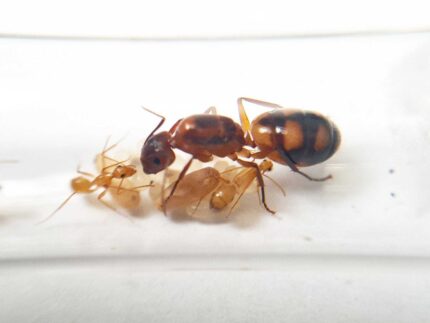
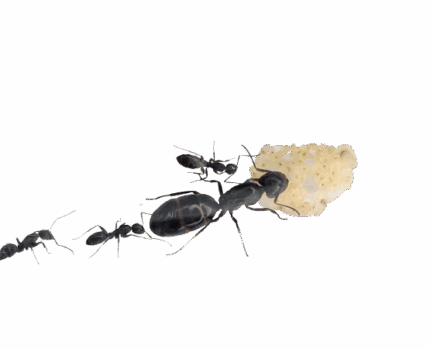
Camponotus darwinii
629,90 zł – 769,90 zł
Worldwide shipping
Free delivery over 500 PLN
The highest quality of goods
Live delivery guarantee
24/7 Personal Support
Fair Prices
Description
Camponotus darwinii is a monogynous ant colony with a size ranging from 3000 to 5000 workers. They have a fast development speed and their queen measures 12-14 mm, while workers measure 5.5-8 mm and major ants measure 9-11 mm. They are black with golden hair covering their body. Their nutrition consists of insect food, syrup, fruits, vegetables, and jel.
Additional information
| Behavior | |
|---|---|
| Difficulty in breeding | |
| Origin | |
| The size of ants | |
| Wintering |
Camponotus darwinii -Madagaskar ant
Colony type: Monogyny
Colony size: 3000-5000 workers
Development speed: fast
Size:
- Queen: 12-14 mm
- Workers: 5.5–8 mm
- Majors: 9-11 mm
Colour: Black, the whole body is covered with bold golden hair
Nutrition:
The Camponotus darwinii ants can be fed with the following:
- Food insects (such as cockroaches and crickets) dead, or live if colony is big
- Syrup (a mixture of water and honey or sugar, with a ratio of 4/3 water:1)
- Fruits and vegetables
- Jelly
- Cooked chicken without salt, shrimps
- Honey
Humidity:
- Arena: 30-50%
- Nest: 40-60%
Temperature:
- Arena: 21-35°C
- Nest: 24-28°C
Species feature:
The Camponotus darwinii ants are known for being covered with dense golden hairs.
Recommended nests for breeding: acrylic, cork, gypsum, aerated concrete.
Introducing Camponotus darwinii: The Golden-Haired Ants
If you’re looking for a fascinating addition to your ant colony collection, look no further than the remarkable Camponotus darwinii. These ants, known for their distinctive features and captivating behavior, are a joy to observe and care for. In this comprehensive guide, we’ll take a closer look at the unique characteristics of the Camponotus darwinii and provide you with essential information to ensure their well-being and growth.
Anatomy and Characteristics
The Camponotus darwinii ants come in different sizes within their caste system:
- Queens: The queens of Camponotus darwinii measure between 12-14 mm.
- Workers: Workers are 5.5–8 mm in size, diligently carrying out various tasks within the colony.
- Majors: The majors, or larger workers, range from 9-11 mm and play a crucial role in tasks such as defending the colony.
One of the most striking features of the Camponotus darwinii ants is their unique appearance. The entire body of these ants is covered with lustrous golden hairs, giving them an enchanting and distinctive look.
Nutrition: Keeping Your Camponotus darwinii Well-Fed
Proper nutrition is essential for the health and well-being of any ant colony, including the Camponotus darwinii. These ants have a diverse diet that includes:
- Insect food: Camponotus darwinii ants can be fed with cockroaches and crickets, ensuring a protein-rich diet.
- Syrup: Offering a syrup mixture of water and honey in ratios of 4:1, 3:1, or 2:1 provides a source of energy and carbohydrates for the ants.
- Fruit and Vegetables: Providing fresh fruits and vegetables gives the ants additional vitamins and nutrients.
- Jelly: A small amount of jelly can serve as a tasty treat for the Camponotus darwinii ants.
- Cooked Chicken: Cooked chicken without salt can be offered as occasional protein-rich food.
Ensuring a varied and balanced diet will promote the overall health and development of your Camponotus darwinii colony.
Creating the Ideal Habitat
The environment plays a crucial role in the well-being and growth of the Camponotus darwinii ants. Maintaining optimal humidity and temperature levels is essential for their thriving colony. Follow the recommended ranges below:
Humidity:
- Arena: 30% and 50%.
- Nest: 40% and 60%.
Temperature:
- Arena: 21°C to 35°C
- Nest: 24°C and 28°C
Choosing the Perfect Nest
When it comes to breeding Camponotus darwinii, selecting the right nest is essential for their comfort and growth. The following nest materials are recommended:
- Acrylic: Acrylic nests offer excellent visibility, allowing you to observe the fascinating behaviors of your Camponotus darwinii ants.
- Cork: Cork nests provide a natural and environmentally-friendly option, mimicking the ants’ natural nesting materials.
- Gypsum: Gypsum nests offer durability and insulation, creating a stable environment for the ants.
- Aerated Concrete: Aerated concrete nests are porous and allow for effective moisture regulation, meeting the specific needs of the Camponotus darwinii ants.
Choosing a suitable nest will provide your Camponotus darwinii ants with a comfortable and secure home for their ongoing development.
With their striking appearance and captivating behaviors, Camponotus darwinii ants make a wonderful addition to any ant colony collection. By providing them with a balanced diet, an optimal habitat, and the perfect nest, you can ensure the well-being and growth of these remarkable creatures.


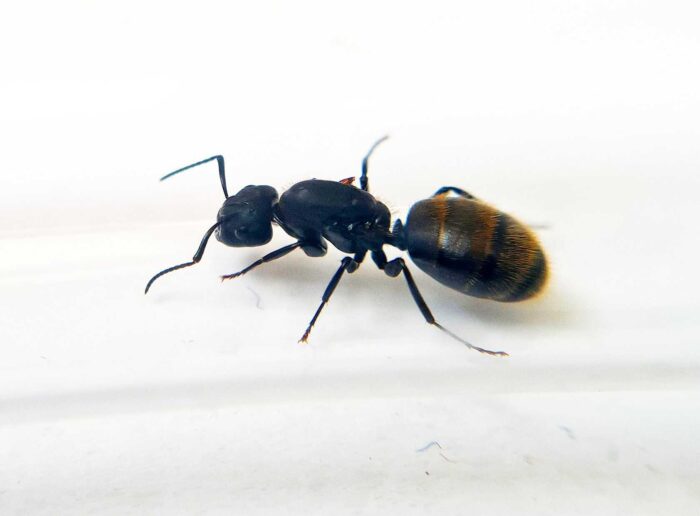
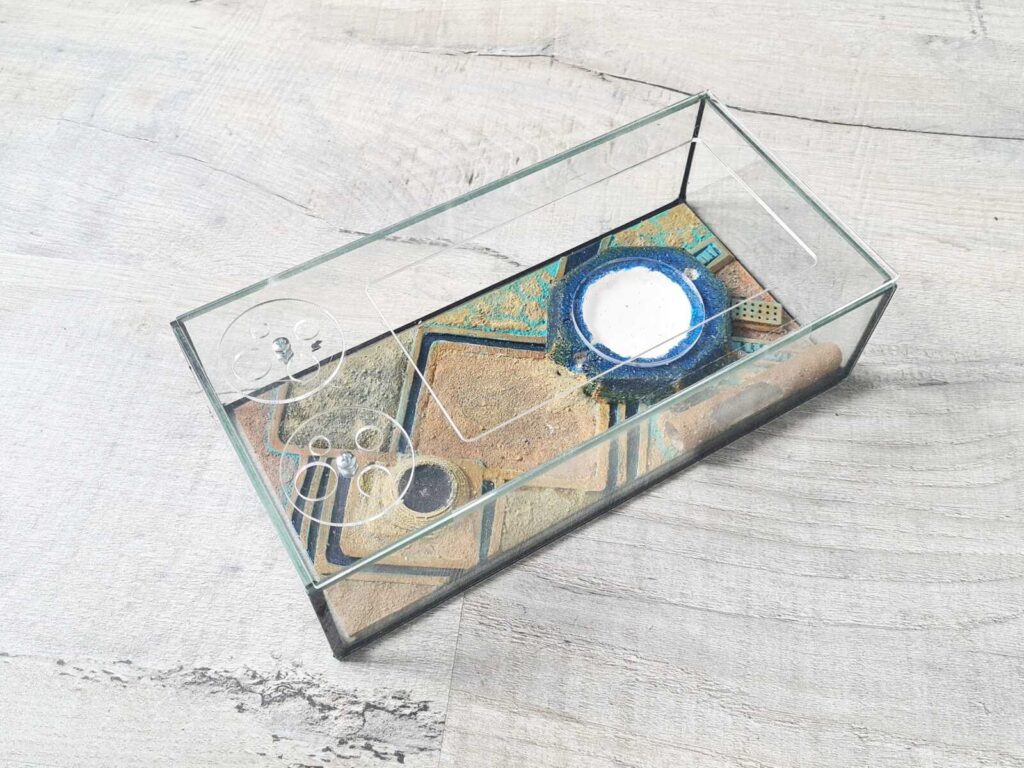
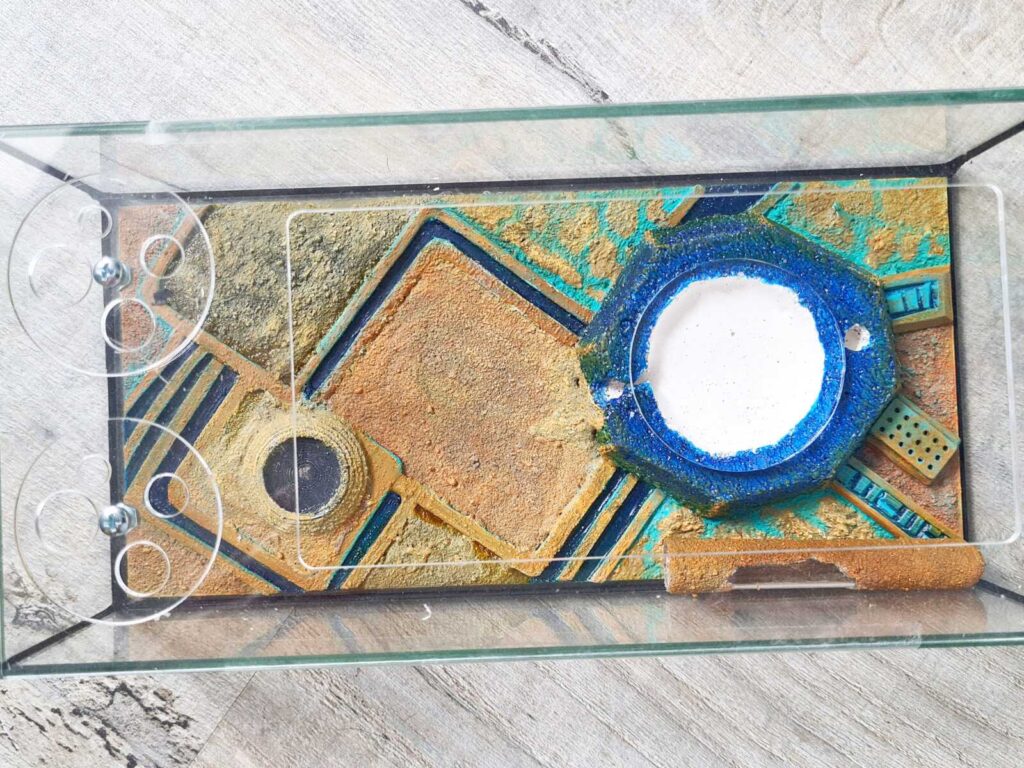
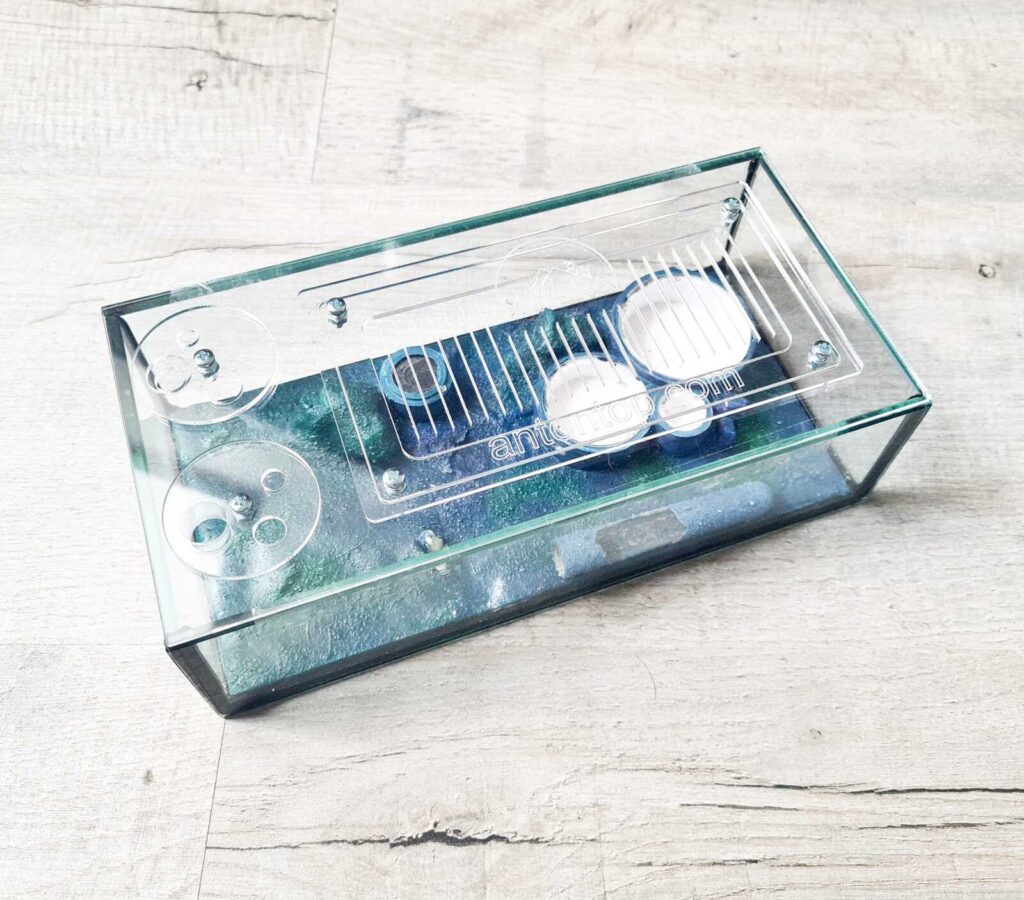
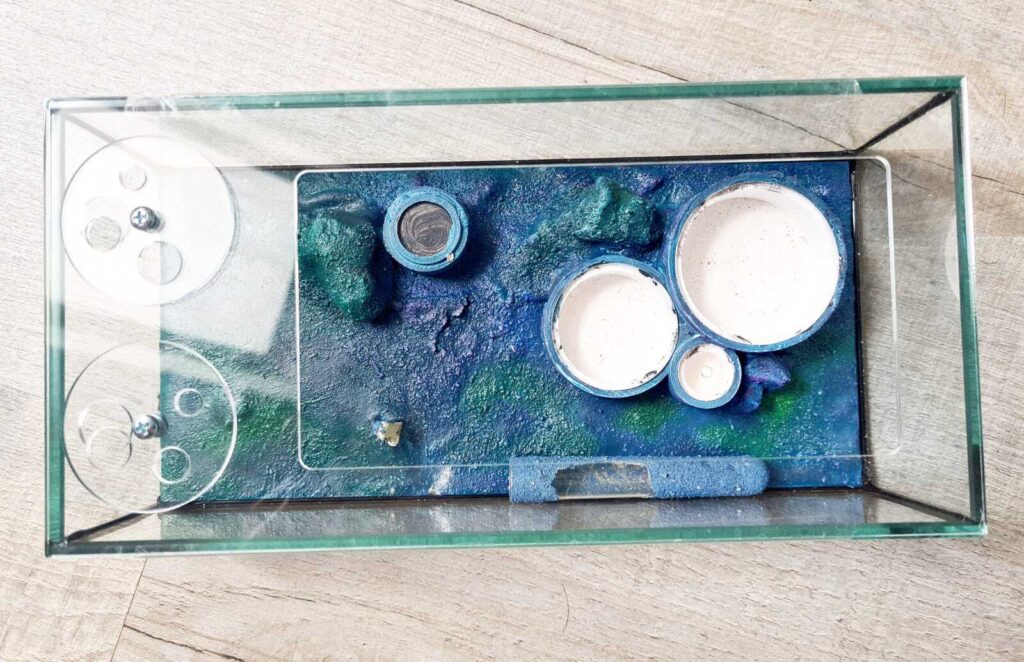
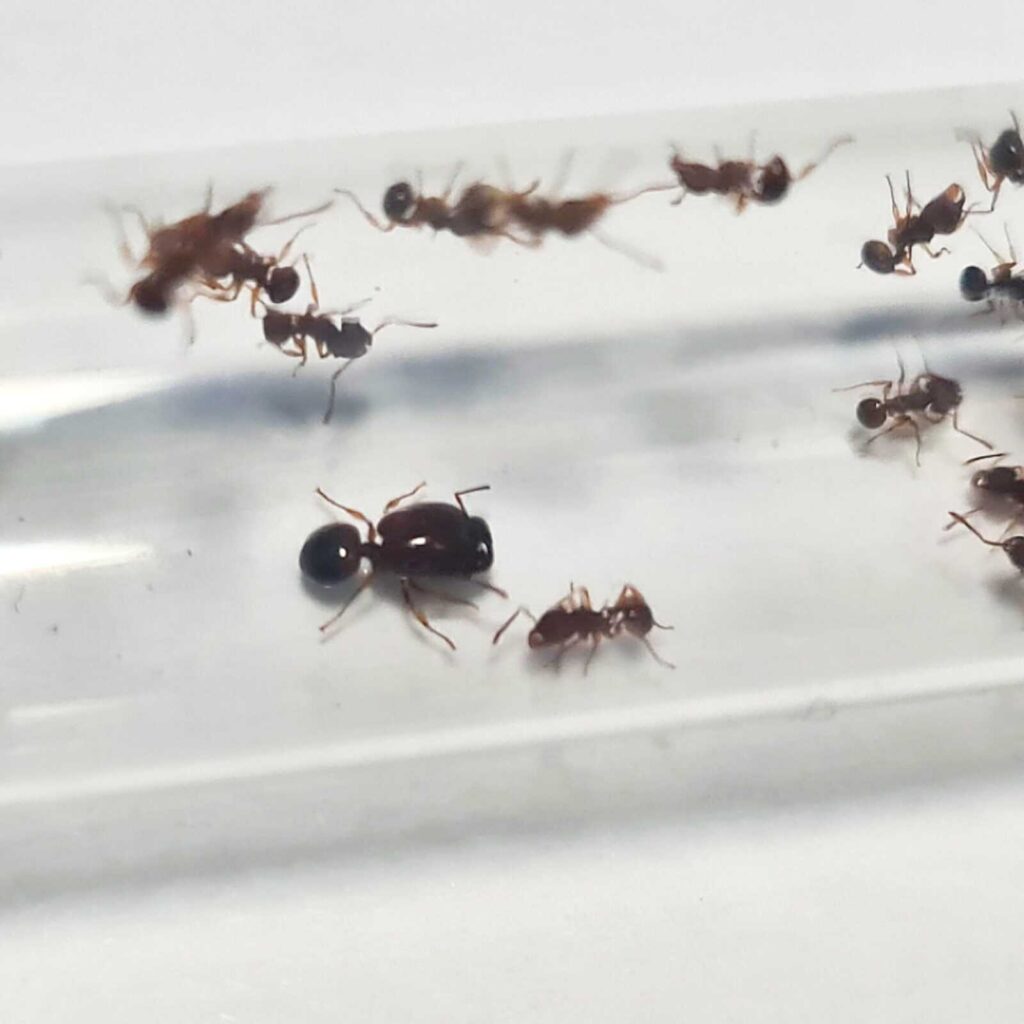
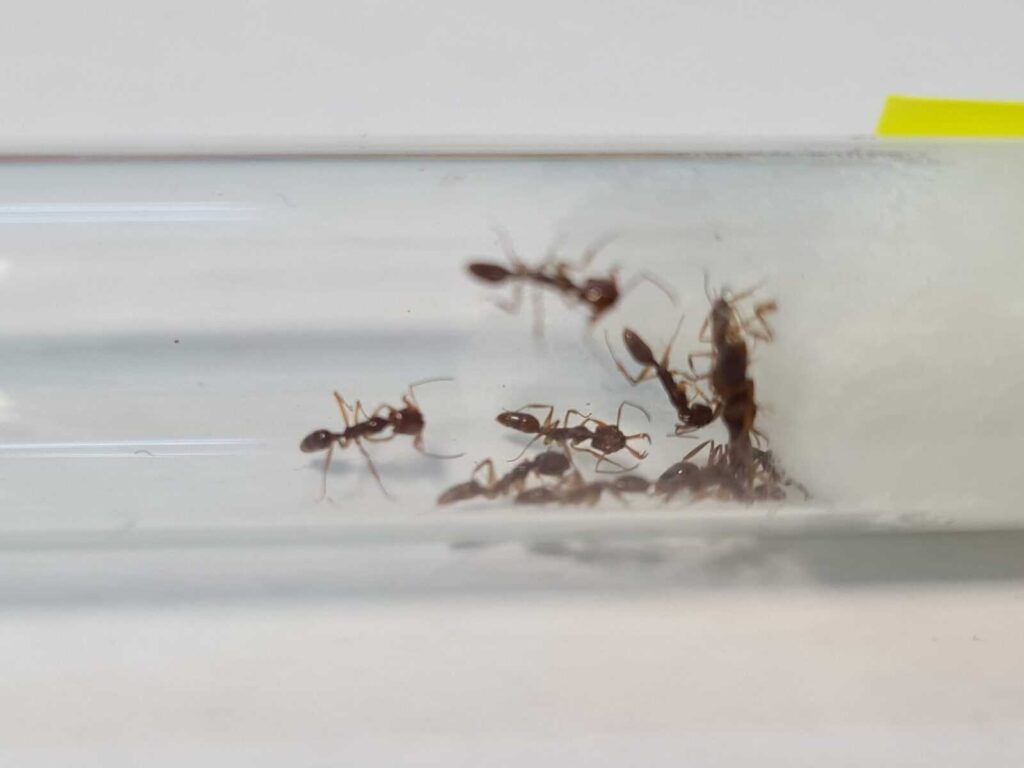
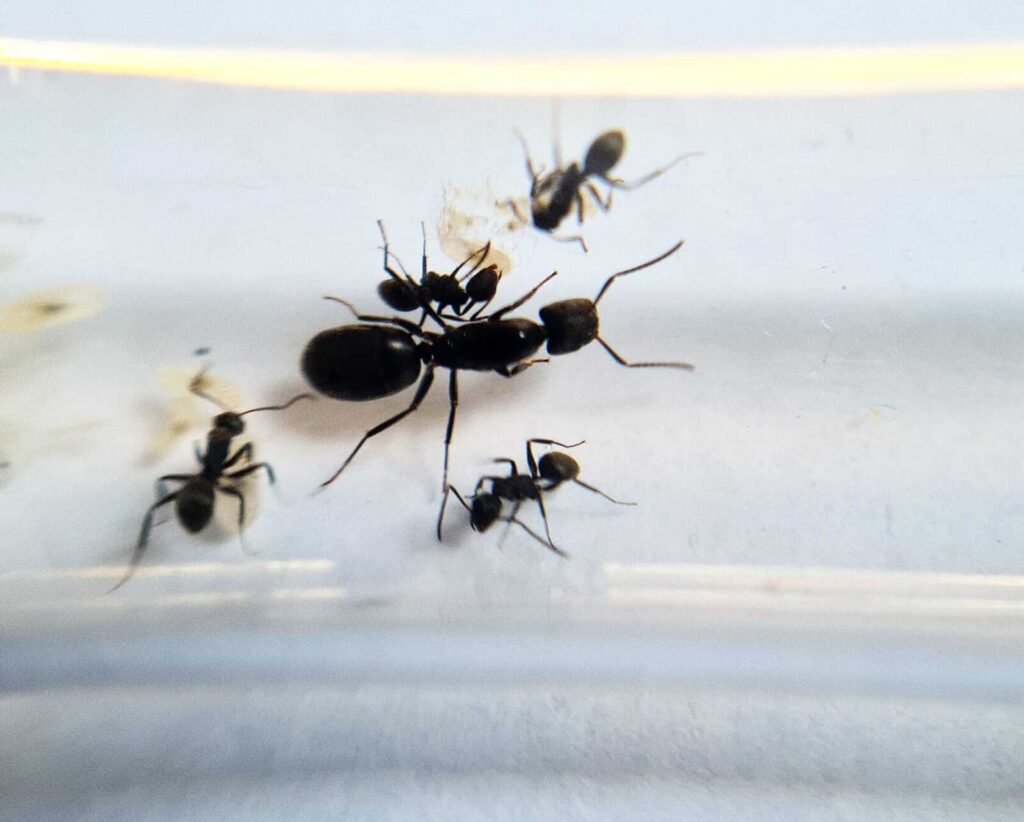
There are no reviews yet.